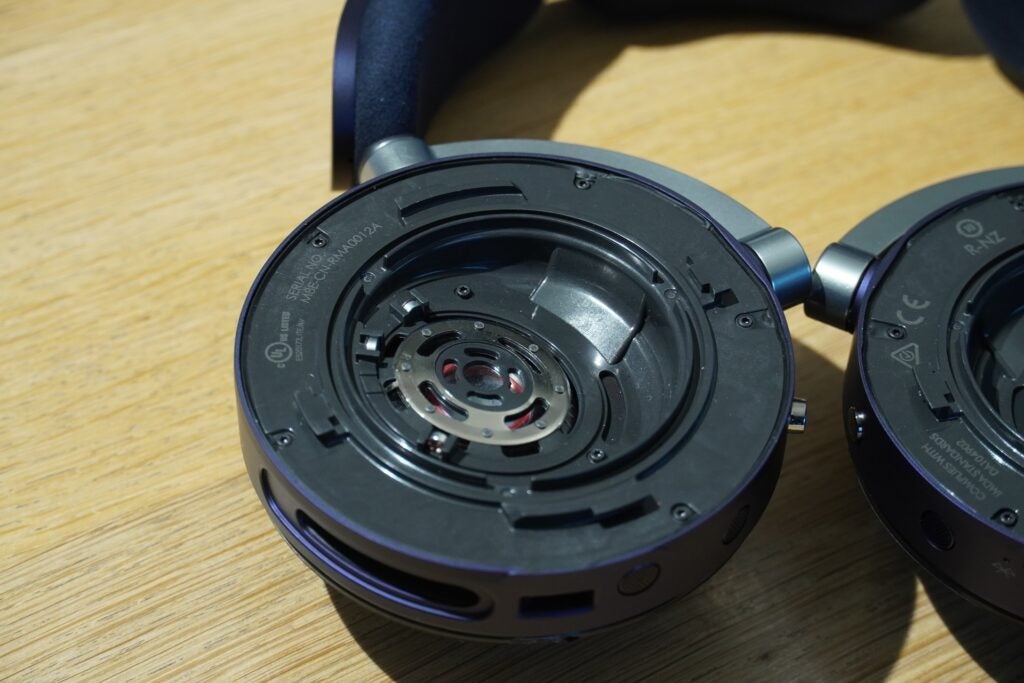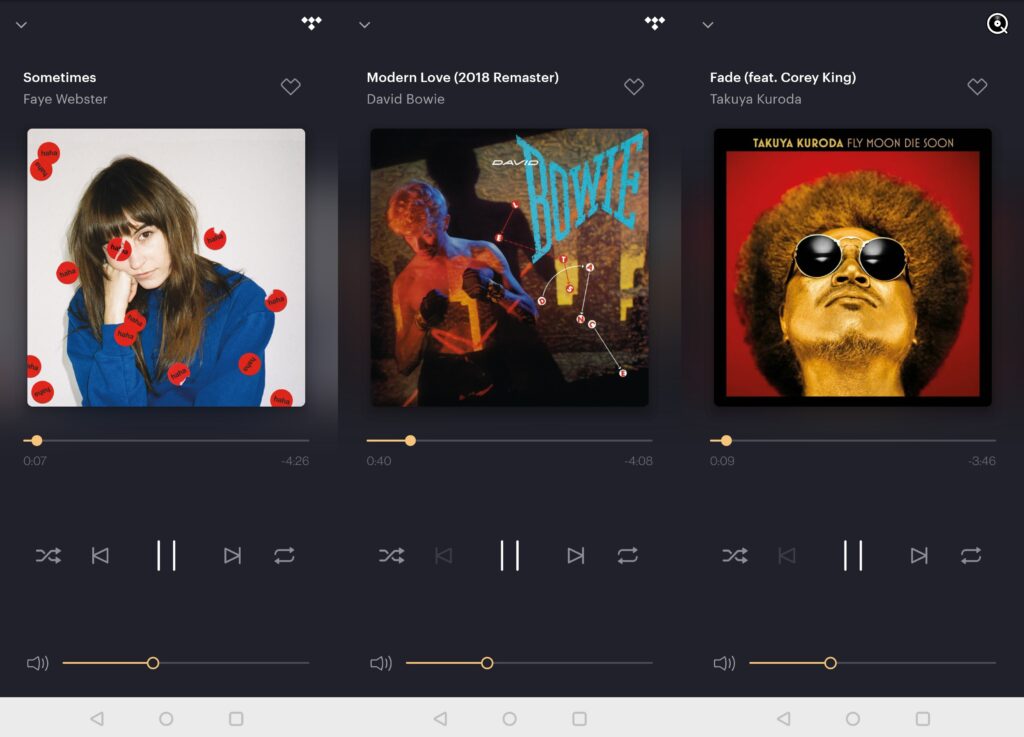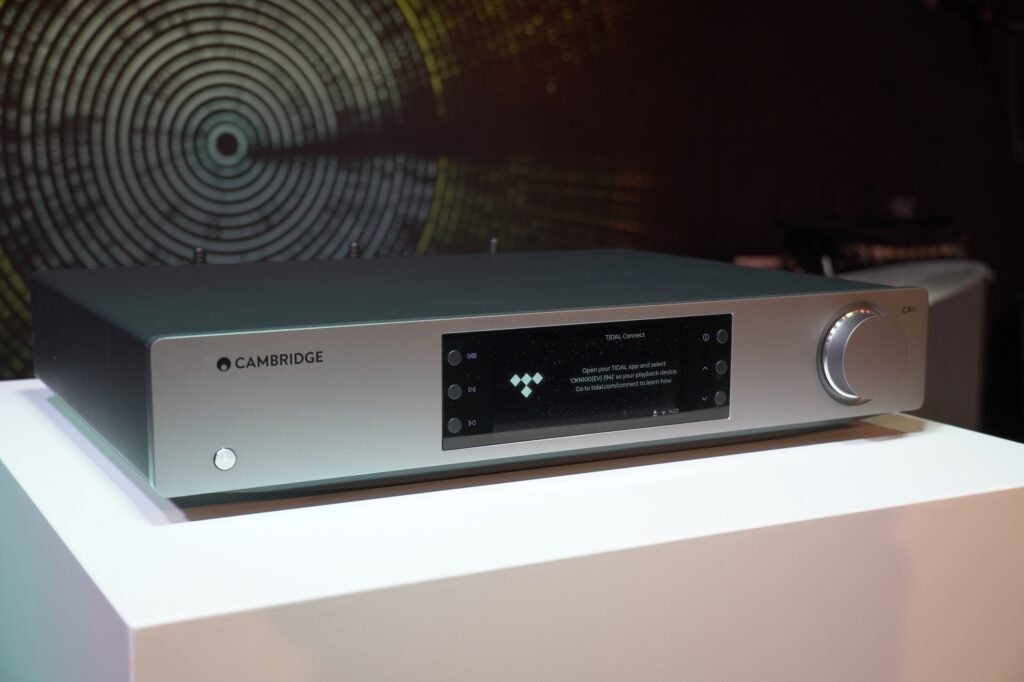
It’s an age-old debate about music whenever new technologies come to the fore or whenever someone introduces a different way of listening to audio. Can you hear the difference?
When it comes to music streaming services that’s a question that’s frequently asked. You might expect all streaming services to sound the same, but we’d say that they are all different from one another.
We’d also assert that it’ll differ depending on your device, and what equipment you’re using too. Each chain in the link will have an effect.
Drivers have a bigger effect than the overall bit-rate
You’ll likely have heard a lot in the past few years about music providers trying to drive up the quality of audio, especially streamed audio.
Spotify still lags behind the rest with its 320kbps OGG Vorbis streams, which aren’t much higher in bit-rate than what iTunes was pumping out with its M4A streams at the turn of the century. Spotify Supremium should hopefully be coming soon to resolve this issue, but at the moment, Apple Music, Deezer, Qobuz, and Tidal all offer higher quality streams.
The marketing hook that’s been used to sell headphones is the uptake of higher quality Bluetooth codecs such as LDAC, aptX Apadative, and aptX Lossless (also known as Snapdragon Sound). This is all well and good, as Bluetooth does have a bandwidth problem and if you want to hear at the highest quality possible (say lossless audio), then that bandwidth pipe needs to be stretched open to allow more data through over a Bluetooth connection.


However, this doesn’t matter as much as you think it does without high quality headphone or speaker drivers. Poor quality will ensure that detail, clarity, and overall resolution won’t make their way to your ears. Tracks may sound muddy or indistinct, even if they support tech like Snapdragon Sound because the drivers can’t pass through what’s in the signal.
The tuning of drivers will also have an effect on what you hear. Is it more of a neutral sound, a crisp, analytical performance or something that sounds warm and rich. These tuning decisions will have an effect too.
Really, it’s a combination of the driver, tuning, and technology used that will ensure a higher quality performance.
Each streaming service takes a different approach
Some may refute this point, but in our experience, each streaming service is tuned slightly differently in terms of how it sounds.
Qobuz is the clearest, most detailed sounding streaming service we’ve come across. Tidal sounds warmer than others, while Apple Music has a more neutral, if slightly dour tone that lacks the richness Tidal can offer. Spotify is similar, but its low bit-rate and compression also starves it of detail, definition, and dynamism.


With Amazon Music, we’ve noticed that even when using the same equipment and listening to the same track, the bass can sound bigger. And there’s more to it than that, sometimes the soundstage is smaller (or bigger); other times a streaming service offers better top-end clarity. And listening on different platforms can also yield an effect. Qobuz and Tidal on an iPad sounded much more even, although Qobuz still bested its rivals in the detail and clarity stakes.
All of this is to say the quality of the streaming files, the signature of the streaming service, and how it’s delivered to your device of choice will have an impact.
It depends on the equipment you use
Do you use a portable DAC or a headphone amplifier? You’ll yield much better results with a device that can clean up and remove the noise from the signal before it passes through to your headphones.
Do you stream over Wi-Fi or Bluetooth, as that too can have an effect. The former often leads to higher levels of resolution, even with Spotify Connect, than you’d often find when streaming through Bluetooth.
And obviously if you’re using a music streamer, a higher quality one with premium parts will be able to do a better job than a cheaper one, but at some point you’ll hit a limit and it’ll become “much of muchness” in terms of how much you spend and how much performance you get back.


To hear the differences, every part of the chain needs to be strong without a weak link. Your source needs to be high quality, the connection between the source and the end device needs to keep the quality up and then whatever you’re listening through needs to make sure that what’s in the source at one end makes it all the way to your ears.
There are differences to be heard, some more nuanced than others. At the end of the day, it all depends on what you’re looking for. Is it an audiophile performance? Then that will guide you in one direction. Are you more a casual listener who’s not as interested in quality? Then that’s a different route too. In either case, if you like what you hear, that’s the most important thing.
Although it would be better if everyone listened in audiophile quality.






